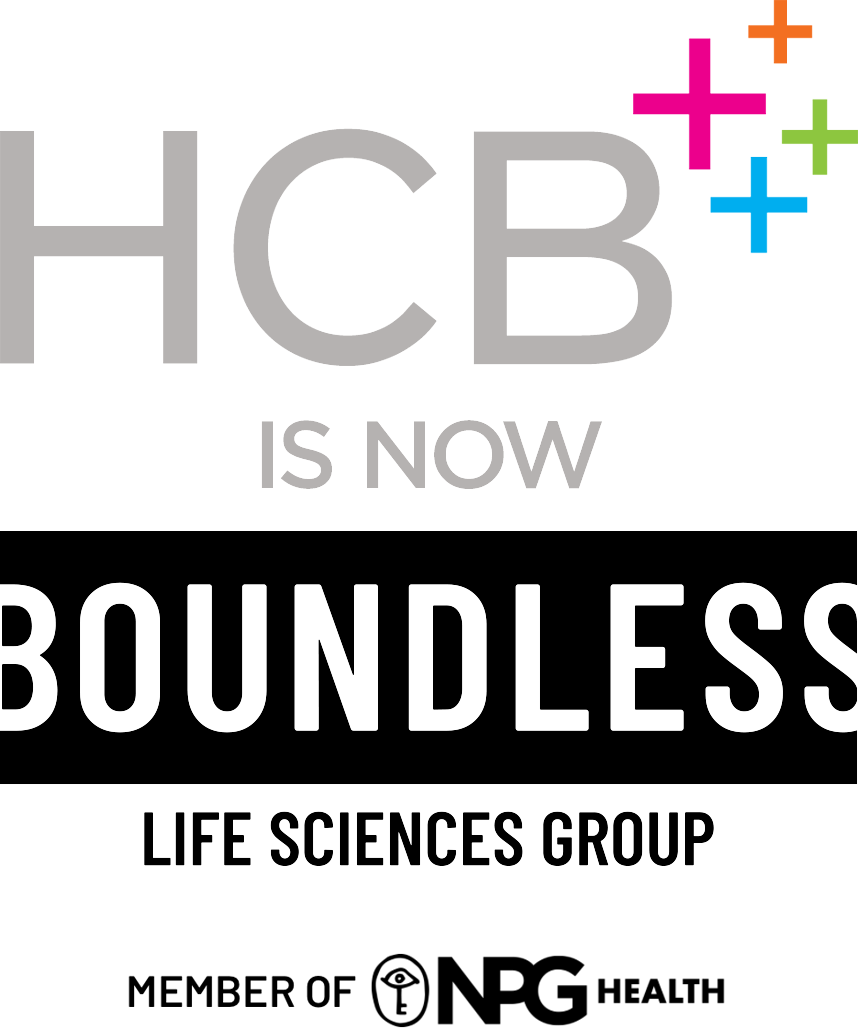On the final day of the Health & MedTech track at SXSW, I was able to attend the first of a
3-session series centered around “Design for Health.” At first glance, I thought the topic might be better suited for a true creative to attend. But once I dug into the description, the need to “think bigger” was clear.
Working at an advertising agency, I’m conditioned to react to the word “design” with thoughts of colors, fonts, layouts, wireframes—creative-y terms. But as I quickly realized, those are only part of what design is. Beyond graphic elements, design encompasses structures, environments, ideas, and strategy. In the same sense, “health” is more than a doctor, diagnosis, or treatment. Health is the whole person: their family dynamic, work-life balance, hobbies and activities, etc.
“Design for Health: What You Need to Know” was led by Thomas Goetz, Chief of Research at GoodRx. The session was great, and the ideas were concrete and simple. But for me, there was one thought that continued to echo throughout the discussion and into my week. Think bigger.
Thomas talked about the work of a previous mentor and professor at Berkeley, who peeled away the layers of seemingly simple problems to understand the true need with the intent of finding a viable solution. Note- this is an oversimplified summary of this portion of the session.
The problem?
In a suburb of San Francisco, 90% of bus drivers over the age of 60 had high blood pressure.
Step back, think bigger.
Generally speaking, the same bus drivers were late to nearly each stop, pushing the whole schedule behind.
Step back, think bigger.
Because the drivers were always late, their rest time was cut short, leaving them only a few minutes to eat a meal and use the restroom. Code=fast food. When their shift was finally over, they frequented the handful of bars across the street.
Step back, think bigger.
It seemed the bus drivers never had enough time to take proper care of themselves. They got sick often and subsequently drained the budget in substitute costs.
Step back, think bigger.
This was the late 80s, and a recent update in technology meant that a computer, not a person, made the bus drivers’ schedules.
Step back, think bigger.
If the drivers had a few extra minutes each day, they would probably be on time and on schedule, allowing them full rest breaks, time to consider food choices and a decrease in stress, ultimately lowering their blood pressure.
By looking at the problem from a new perspective, the solution becomes clear. Would you have ever assumed that a high blood pressure problem among bus drivers would have anything to do with a scheduling fail? I would not have.
Of course, this session, and—I am sure—the others that followed, all had many other notable insights and discussion points to share. But I walked away fascinated by this seriously simple concept. Things aren’t always what they seem, but if we open our eyes wider, listen a little deeper, and think a little bigger, the truth, need, or solution becomes clear.



